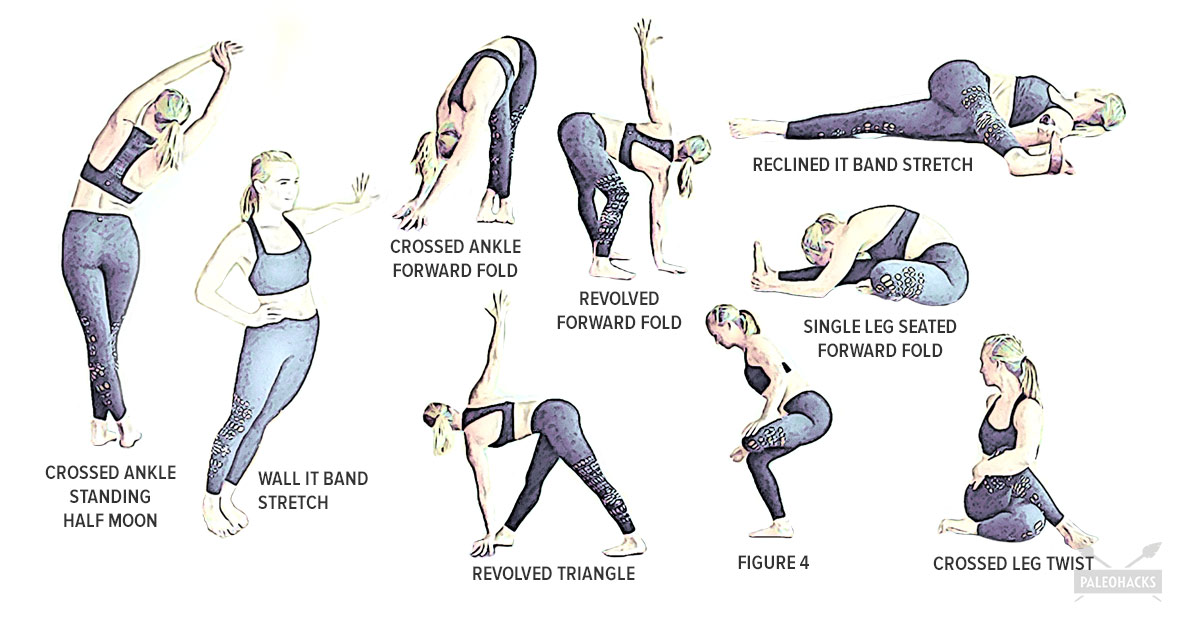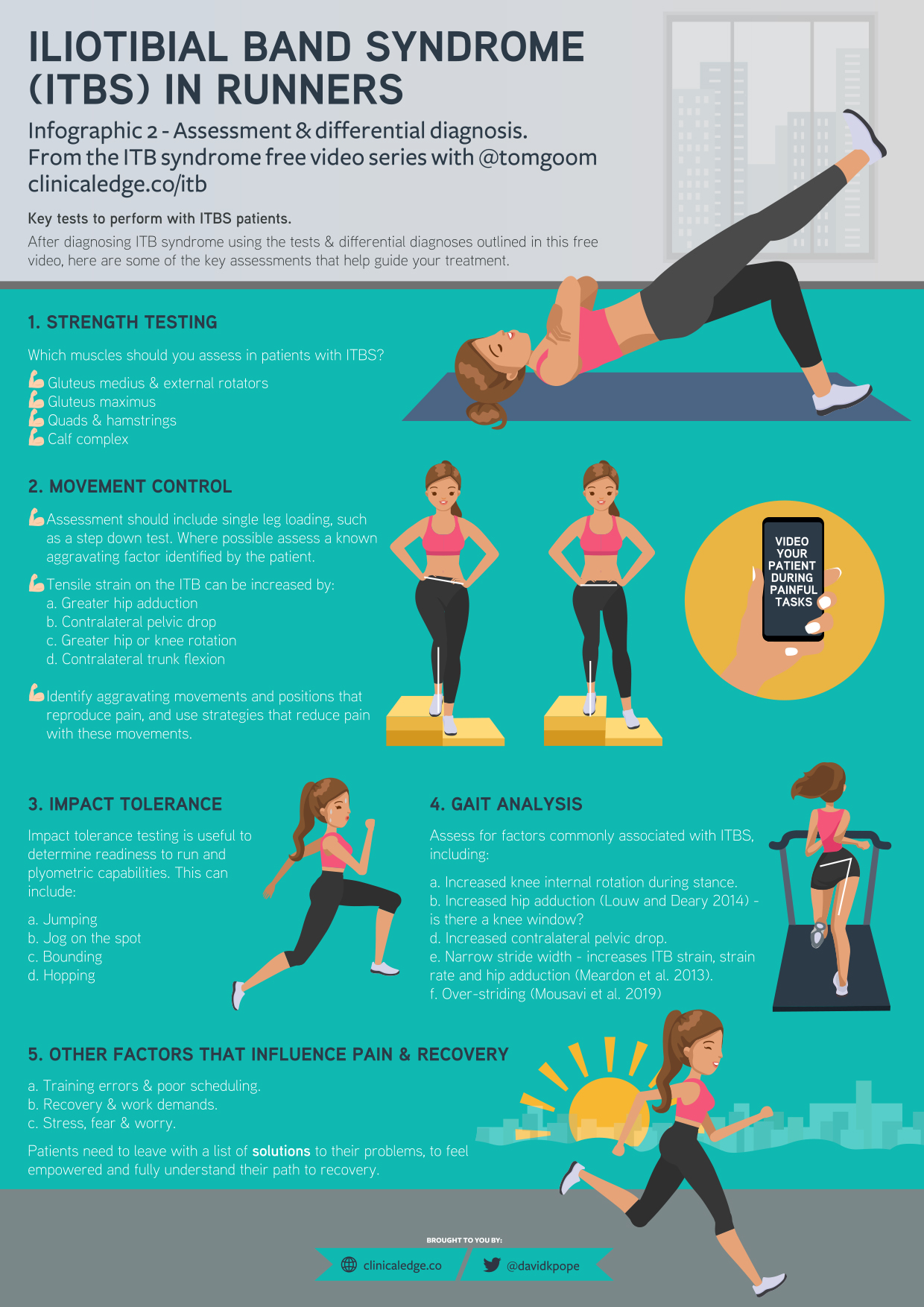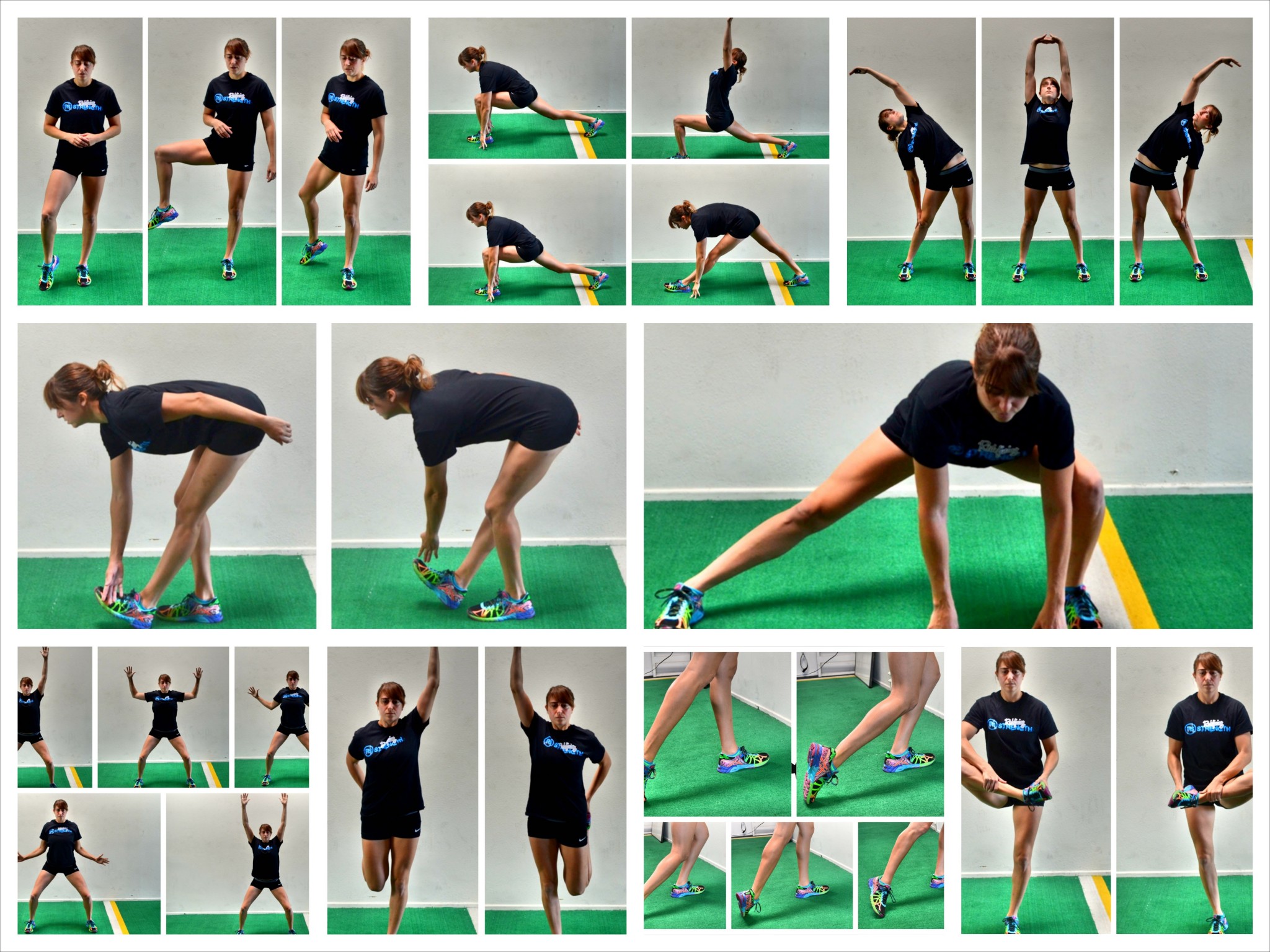IT Band: An Overview and Its Significance for Runners
The iliotibial (IT) band is a thick band of fascia, a type of connective tissue, that runs from the pelvis along the outer thigh and inserts just below the knee joint. Its primary function is to stabilize the knee during movement, providing support and reducing friction between muscles and bones. For runners, maintaining the IT band’s flexibility and health is crucial to ensure optimal performance and prevent injuries.
One common IT band-related issue among runners is IT band syndrome (ITBS). ITBS occurs when the IT band becomes inflamed or irritated, often due to overuse or poor biomechanics. Symptoms include lateral knee pain, tightness, and aching, which can significantly impact running comfort and efficiency. By incorporating targeted ITB stretches into their training routines, runners can minimize the risk of ITBS and other IT band-related issues, ensuring long-term running success and enjoyment.
How to Identify Tight ITB: Assessing Your IT Band Flexibility
To accurately assess IT band tightness, follow these steps:
- Stand upright with your feet hip-width apart and your arms relaxed at your sides.
- Cross your left leg in front of your right leg, placing your left foot on the ground just outside your right foot.
- Reach your left arm overhead and lean your upper body to the right, keeping your hips and pelvis level.
- You should feel a gentle stretch along the left side of your hip and IT band.
- Hold the stretch for 15-30 seconds, then release and repeat on the opposite side.
Perform this assessment regularly to monitor your IT band flexibility and track your progress. Keep in mind that IT band tightness may not always be noticeable through static stretching alone, as the IT band is a tough, fibrous band of tissue. However, if you experience discomfort or tightness during or after running, incorporating ITB stretches into your routine can help alleviate these symptoms and improve overall running performance.
Top ITB Stretches for Runners: Techniques and Benefits
Incorporating ITB stretches into your running routine can help alleviate tightness, improve flexibility, and reduce the risk of IT band-related injuries. Here are some of the most effective ITB stretches for runners:
1. Standing IT Band Stretch
Stand upright with your feet hip-width apart. Cross your left leg in front of your right leg, placing your left foot on the ground just outside your right foot. Reach your left arm overhead and lean your upper body to the right, keeping your hips and pelvis level. Hold the stretch for 15-30 seconds, then release and repeat on the opposite side.
2. Seated IT Band Stretch
Sit on the floor with your legs extended in front of you. Cross your right leg over your left leg, placing your right foot on the ground next to your left knee. Reach your left arm overhead and lean your upper body to the right, keeping your hips and pelvis level. Hold the stretch for 15-30 seconds, then release and repeat on the opposite side.
3. IT Band Foam Rolling
Using a foam roller, position yourself on your side with the foam roller placed under your outer thigh. Roll slowly from your hip to your knee, pausing on any tender spots for 15-30 seconds. Repeat on the opposite side.
Incorporate these ITB stretches into your running routine 2-3 times per week, holding each stretch for 15-30 seconds and repeating for 2-3 sets. Proper form and breathing are essential to maximize the stretches’ effectiveness. Focus on deep, controlled breaths, and avoid bouncing or forcing the stretch, which can lead to injury.
Dynamic ITB Stretches: Warm-Up and Cool-Down Routines
Dynamic stretches involve controlled, movement-based stretches that prepare the body for exercise and help reduce the risk of injury. Incorporating dynamic ITB stretches into your warm-up and cool-down routines can enhance running performance and overall flexibility.
Example of Dynamic ITB Stretch: Leg Swings
Leg swings are an effective dynamic ITB stretch that targets the hips, glutes, and IT band. To perform leg swings:
- Stand upright with your feet hip-width apart and hold onto a stable surface for balance, such as a wall, fence, or chair.
- Swing your left leg forward and backward, keeping your knee slightly bent and focusing on maintaining balance and control.
- Gradually increase the range of motion, aiming for your leg to swing higher with each repetition.
- Perform 10-15 repetitions on each leg, then switch sides.
Dynamic stretches like leg swings can help increase blood flow, reduce muscle stiffness, and improve range of motion, making them an essential component of any runner’s warm-up and cool-down routines. Aim to incorporate dynamic ITB stretches into your pre- and post-run routines 2-3 times per week, holding each stretch for 15-30 seconds and repeating for 2-3 sets.
Strength Training Exercises for ITB Health: Complementary Workouts
Strength training plays a crucial role in maintaining IT band health and overall running performance. By targeting specific muscle groups, such as the glutes, hips, and core, runners can improve flexibility, stability, and biomechanics, reducing the risk of IT band-related injuries.
1. Glute Bridges
Glute bridges target the glutes, hips, and core, improving strength and stability in the lower body. To perform glute bridges:
- Lie on your back with your knees bent and feet flat on the ground, hip-width apart.
- Press your heels into the ground and lift your hips off the floor, forming a straight line from your shoulders to your knees.
- Hold the position for a few seconds, then slowly lower your hips back to the starting position.
- Perform 2-3 sets of 10-15 repetitions.
2. Clamshells
Clamshells target the gluteus medius, a muscle that plays a significant role in hip stability and IT band health. To perform clamshells:
- Lie on your side with your hips and knees bent at 45-degree angles, resting your head on your bottom arm.
- Keeping your feet together, lift your top knee as high as possible without rotating your hips.
- Hold the position for a few seconds, then slowly lower your knee back to the starting position.
- Perform 2-3 sets of 10-15 repetitions on each side.
3. Planks
Planks target the core, improving stability and posture during running. To perform planks:
- Lie on your stomach with your forearms on the ground, elbows directly beneath your shoulders, and legs extended.
- Lift your body off the ground, forming a straight line from your head to your heels.
- Engage your core and hold the position for 30-60 seconds.
- Perform 2-3 sets.
Incorporate these strength training exercises into your running routine 2-3 times per week, holding each exercise for 30-60 seconds and repeating for 2-3 sets. Proper form and breathing are essential to maximize the exercises’ effectiveness. Focus on engaging the targeted muscle groups and maintaining control throughout each repetition.
Foam Rolling and Massage Techniques for ITB Release
Foam rolling and massage techniques are valuable tools for releasing IT band tension, alleviating muscle soreness, and promoting recovery. By incorporating these methods into your training schedule, you can maintain IT band health and improve overall running performance.
Foam Rolling: Self-Myofascial Release
Foam rolling, also known as self-myofascial release, involves using a foam roller to apply pressure to tight muscles and fascia, promoting blood flow and reducing tension. To foam roll the IT band:
- Place the foam roller on the ground and position your body so that the roller is beneath your outer thigh.
- Slowly roll from your hip to your knee, pausing on any tender spots for 15-30 seconds.
- Repeat the process on the opposite leg.
Massage Techniques: Professional or Self-Massage
Professional massage therapy or self-massage techniques, such as using a massage ball or tennis ball, can help target specific areas of tension along the IT band. To perform self-massage on the IT band:
- Place a massage ball or tennis ball on the ground and position your body so that the ball is beneath your outer thigh.
- Apply pressure by rolling or leaning into the ball, focusing on areas of tension or discomfort.
- Repeat the process on the opposite leg.
Incorporate foam rolling and massage techniques into your running routine 2-3 times per week, holding each technique for 15-30 seconds and repeating for 2-3 sets. Proper form and breathing are essential to maximize the benefits of these techniques. Focus on deep, controlled breaths and avoid rolling or applying pressure to bony areas or joints, which can lead to injury.
Integrating ITB Stretches into Your Training Schedule: Consistency Is Key
Consistency is vital when incorporating ITB stretches into your running routine to maintain IT band health, improve flexibility, and prevent injuries. By following a structured plan and setting realistic goals, runners can seamlessly integrate ITB stretches into their training schedules and reap the benefits of these exercises.
To maintain consistency, schedule ITB stretches after your runs while your muscles are still warm, promoting flexibility and recovery. Allocate 10-15 minutes after each run for stretching, focusing on ITB-specific stretches and complementary exercises.
Setting specific, measurable goals for your ITB stretching routine can help maintain consistency and motivation. Track your progress by monitoring your flexibility, range of motion, and overall running performance. Regular assessments can help you identify improvements and adjust your stretching routine accordingly.
Sharing your ITB stretching goals with a running partner, coach, or online community can help you stay accountable and motivated. Consider using a running app or journal to log your stretching sessions, making it easier to track progress and maintain consistency.
Incorporating a variety of ITB stretches, dynamic stretches, strength training exercises, and foam rolling techniques can help keep your routine interesting and engaging. Mixing up your stretching routine can also ensure that you are targeting different muscle groups and addressing various aspects of IT band health and flexibility.
By consistently incorporating ITB stretches into your training schedule, you can maintain IT band health, improve flexibility, and reduce the risk of injuries. Remember to focus on proper form, breathing, and technique, and consult a healthcare professional or certified trainer if you experience pain or discomfort during your stretching routine.





